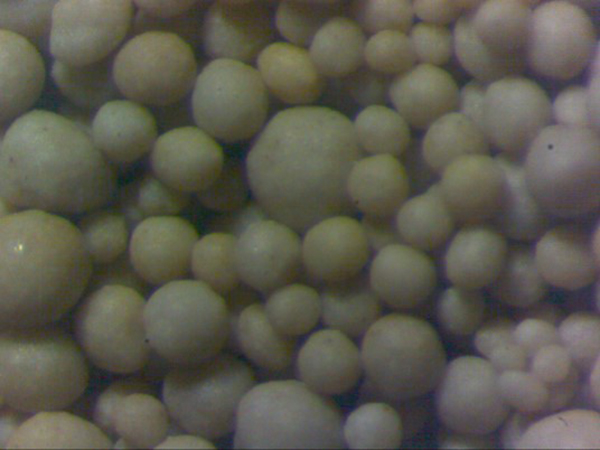Why Sand Casting is Used in Manufacturing
Sand casting, also known as sand molded casting, is one of the oldest and most widely used metal casting processes. It involves creating a mold from sand to produce intricate metal parts that can be of considerable size and complexity. The widespread adoption of sand casting in various industries stems from its numerous advantages, making it an essential process in manufacturing.
Why Sand Casting is Used in Manufacturing
Another significant advantage of sand casting is its cost-effectiveness. The materials required for sand molds—primarily silica sand, clay, and water—are relatively inexpensive and readily available. Additionally, the process does not necessitate elaborate tooling or specialized equipment, which can lead to lower setup costs for production runs. This is particularly beneficial for small-scale production, prototyping, or custom parts, making sand casting a popular choice among startups and small manufacturers.
why is sand casting used

The sand casting process also allows for the production of large and complex shapes. Sand molds are easy to create and can be made to accommodate intricate designs that would be challenging or impossible to achieve through other casting methods. The flexibility in shaping these molds enables manufacturers to produce parts with detailed features, tight tolerances, and unique geometries, providing a competitive edge in design innovation.
Moreover, sand casting supports the production of parts in various sizes. From small, detailed components to large industrial parts weighing several tons, sand casting can handle a wide range of dimensions. This scalability makes it an ideal choice for industries looking to fabricate everything from tiny gears to large structural components.
Another key aspect of sand casting is its ability to produce components with good surface finish and dimensional accuracy. Modern sand casting techniques, such as the use of better binders and advanced sand preparation methods, have improved the overall quality of castings. These advancements minimize defects such as porosity and improve the integrity of the final product, which is essential for ensuring reliability in critical applications.
In conclusion, sand casting remains a vital process in the manufacturing industry due to its versatility, cost-effectiveness, ability to create large and complex parts, and the improved quality of castings. As industries continue to evolve and demand more customized solutions, sand casting offers a reliable and efficient method to meet these needs. Its enduring popularity is a testament to its effectiveness and adaptability in the contemporary manufacturing landscape. As technology progresses, it is likely that sand casting will continue to evolve, further solidifying its place as a key process in metal fabrication.
Post time:Out . 31, 2024 14:23
Next:Quality Sand Casting Solutions from Leading Manufacturers in the Industry
